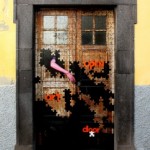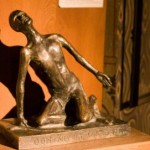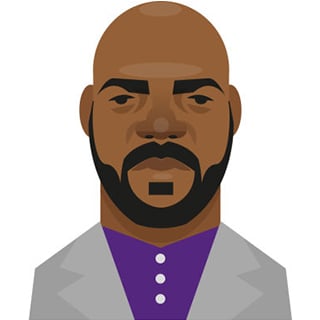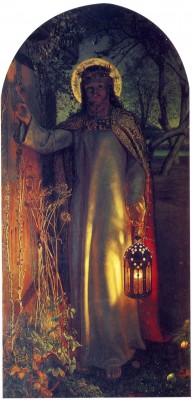 John 14. Such dear and familiar words, spoken by Jesus, but such a stumbling block, to so very many, and to me.
John 14. Such dear and familiar words, spoken by Jesus, but such a stumbling block, to so very many, and to me.
According to John, Jesus is giddy with emotion, intense with elation. Jesus, euphoric, pours out his happiness, excitement and joy. Jesus, euphoric. It may be the only time.
Euphoria is recognized medically as an emotional condition of intense well-being, of transcendent happiness, of contentment. It comes from a Greek word, εὐφορία, “power of enduring easily, fertility”.
If Christ crucified is a stumbling block to many, as Paul says it is, then Easter euphoria is a stumbling block to many, many more. For everyone knows cruelty and torture, hideous death and betrayal, happen in this world. And most of us would like it to be overcome, most of us would like it not to end this way. So most of us, which is not a precise number I know, but is my sense of the goodwill that lives and yearns in us all, will look up toward Easter in expectation, even if we still have our doubts. 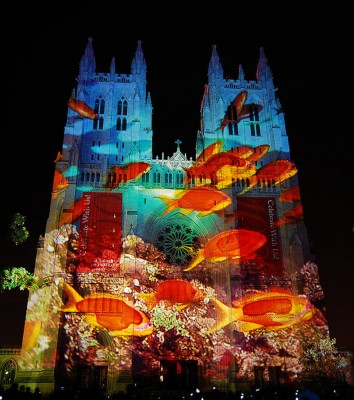
But John goes on, from Easter’s appearance to this euphoria, and extravagant promises, spoken, he says, by Jesus. There are so many dwelling places in the heavenly household, says Jesus in John 14, and I am preparing one for you and you know the way.
Thank heavens for Thomas here, who pipes up in protest, We do not know the way or where you are going – how could we? Jesus even more euphorically describes himself as the way, the truth and the life, and, when Philip asks him to show them God, Jesus answers, seeing him is seeing God.
And then Jesus adds, if you do not believe that, then believe the works I have done, and then he promises, the one who believes in me will also do the works that I do and, in fact, will do greater works than these, and again, If in my name you ask me for anything, I will do it.
And here is where many fall away – for desperate prayers, raised from hearts of deep love, have not been granted. So many miracles begged for, worked for, have not come. Think of Sudako, who folded a thousand paper cranes to try to heal herself, but died. Think of the mothers in Nigeria, whose kidnapped daughters were not with them for Mother’s Day. Think of the parents of the drowned children in Korea. Or those who linger for years and years in Parkinson’s or dementia, devoted spouses losing their own health in the toil of care that takes decades.
I have my own heartaches, and you have yours, and yes, we did call on Jesus’ name. Think of the broken promises in families, the lost happiness, the fear for those whose pensions dissolved after years of paying in.
To love is to live with an agony of u nanswered prayers. To live in trust is to be wounded in heart and mind, and yet – without trust, there is no health in us. Without love, there is no joy in us. Easter is a confusion of expectations, a confounding of experience, a deep breath more than a flooding light.
nanswered prayers. To live in trust is to be wounded in heart and mind, and yet – without trust, there is no health in us. Without love, there is no joy in us. Easter is a confusion of expectations, a confounding of experience, a deep breath more than a flooding light.
The promise that there will be even greater works is, to me, essential to belief in God, Jesus, even in life itself. For if all the world is to be measured by a few first century miracles, some individual healings, some unexpected feasts in fields, then the measure is too small, it compares an hour to an aeon, an inch to adventures in interplanetary space.
This week we learned 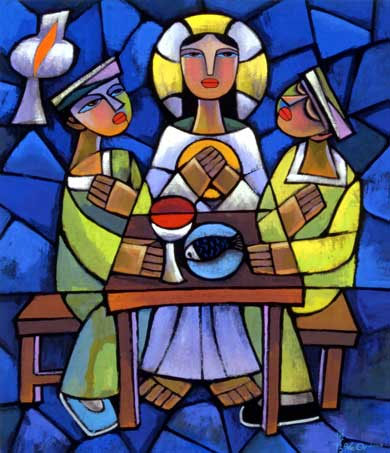 that the entering class at Harvard this fall will be 40% non-white, in a country that now has a black President. This was only barely imagined when Martin Luther King Jr led the Selma to Montgomery march. Yet, without his dream, his walk, and the hopes of garbage collectors, this would not be. Greater works have been and will be done, by those who pray not only with words but with hard work and daring deeds, dedication and devotion, praying not just for their immediate need, but for a new future.
that the entering class at Harvard this fall will be 40% non-white, in a country that now has a black President. This was only barely imagined when Martin Luther King Jr led the Selma to Montgomery march. Yet, without his dream, his walk, and the hopes of garbage collectors, this would not be. Greater works have been and will be done, by those who pray not only with words but with hard work and daring deeds, dedication and devotion, praying not just for their immediate need, but for a new future.
We have again reached the age-old and unresolved Christian conundrum: are the promises of Jesus personal and individual? Does he mean to rescue each of us, in our moments of peril? Isn’t that what his own works were, person by person deeds? Isn’t this why we pray, and how we pray? Yet his vision soared far beyond the individual, far beyond nation and empire. And at Easter, he spoke transcendently. How shall we live into his promises, if we do not raise our prayers as high and far as his vision?
 Is there a way to reimagine our liturgical life, and even more, the piety we teach, to be more euphoric and less specific? Less submissive and more soaring? More eagles’ wings and less sorrowful? Less about naming others and more about being amazed? John said they did not understand what he meant, when, in John 10, he called himself the Good Shepherd and the Gate. Can we approach this passage, John 14, anew, acknowledging that we do not understand it, and asking for new vision, a Gate-opening way into its meaning? _____________________________________________________________ Illustrations:
Is there a way to reimagine our liturgical life, and even more, the piety we teach, to be more euphoric and less specific? Less submissive and more soaring? More eagles’ wings and less sorrowful? Less about naming others and more about being amazed? John said they did not understand what he meant, when, in John 10, he called himself the Good Shepherd and the Gate. Can we approach this passage, John 14, anew, acknowledging that we do not understand it, and asking for new vision, a Gate-opening way into its meaning? _____________________________________________________________ Illustrations:
1. The Light of the World, William Holman Hunt, 1853, Keble College, Oxford, England. Vanderbilt Divinity School Library, Art in the Christian Tradition/
2. Light Show on the National Cathedral, Washington, D.C. Vanderbilt Divinity School Library. Art in the Christian Tradition.
3. Angel of Truth Giving Freedom and Liberty to the Slaves, Guérin, Jules Vallée, 1922, Lincoln Memorial, Washington D.C. Vanderbilt Divinity School Library, Art in the Christian Tradition.
4. Supper at Emmaus, He Qi, China, 2001. Vanderbilt Divinity School Library, Art in the Christian Tradition.
5. Church Art by Kathy James, used by permission.



